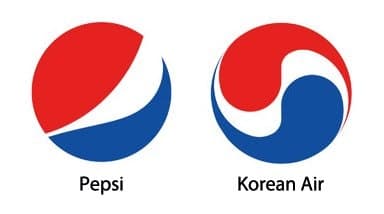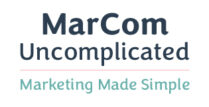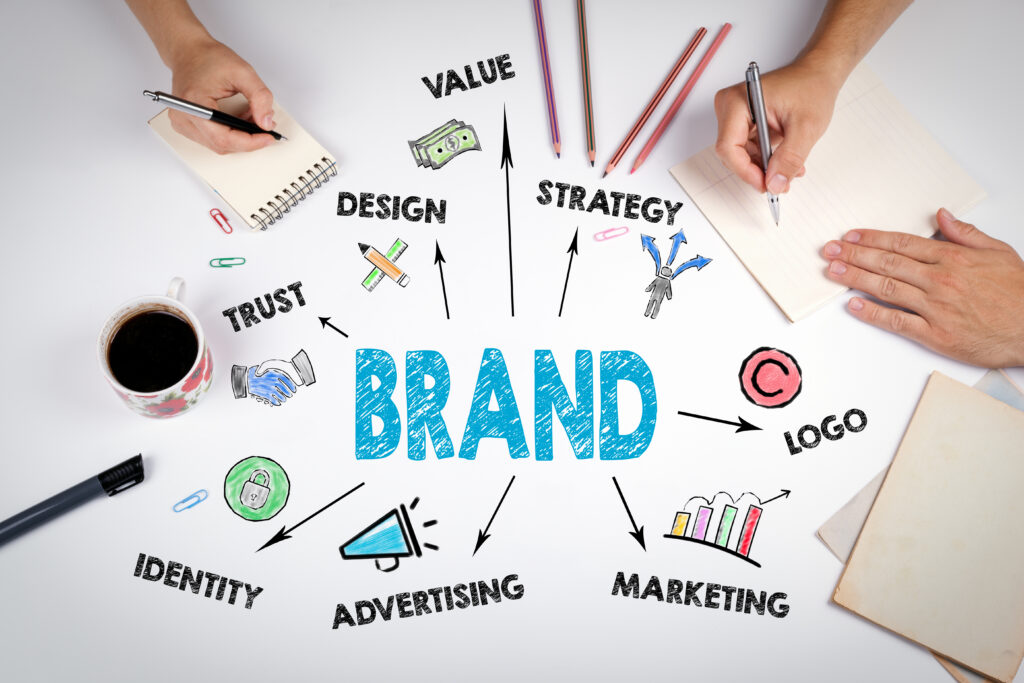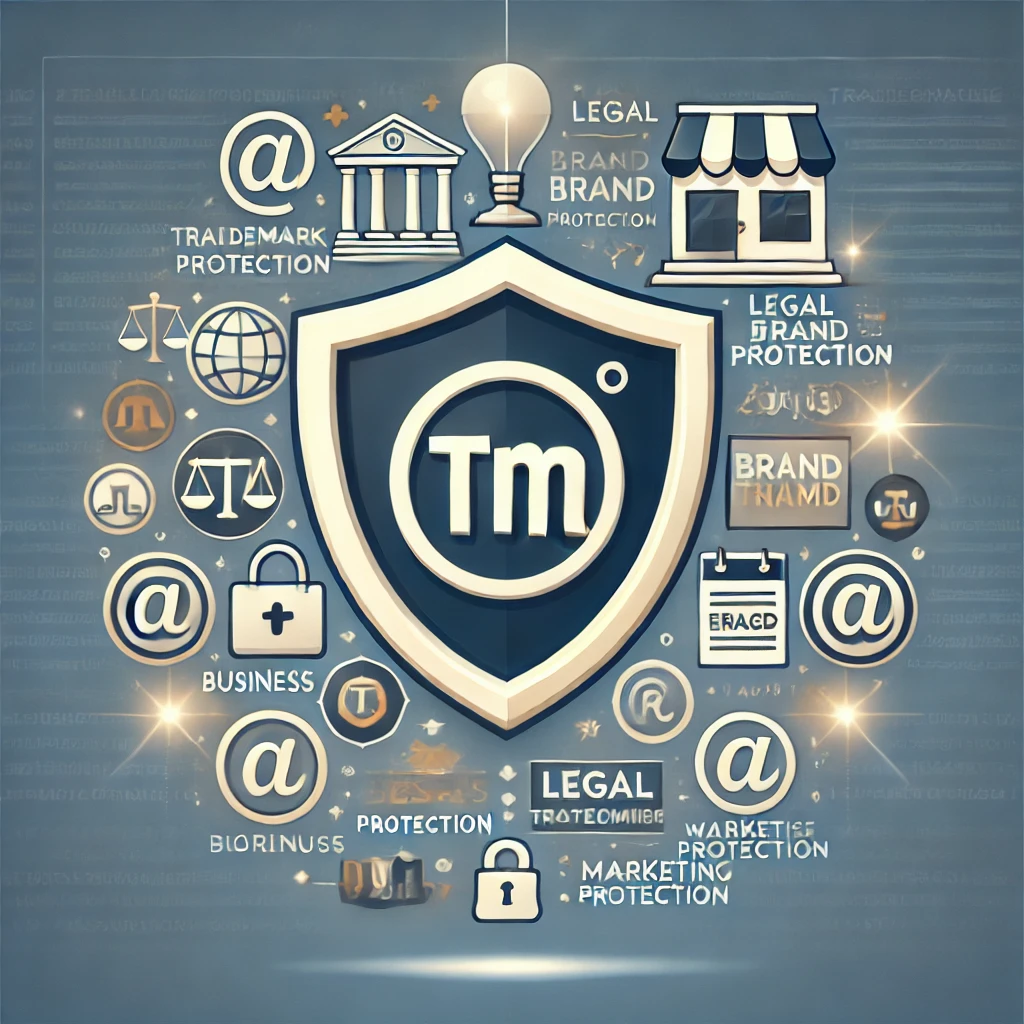So, you’ve got a killer business idea. Maybe you even have a name, a logo, and a color palette picked out. That’s a fantastic start! But here’s the thing—branding goes way beyond visuals.
Think about how many businesses have similar logos or names. Ever confused Skype with Sky? Microsoft has issues trademarking Skype in Europe because it was considered too visually and phonetically similar to Sky, a British TV provider. Or Pepsi vs Korean Air‘s logos because they both feature a red, white, and blue yin-yang-inspired design?

Branding isn’t just about looking good; it’s about standing out. And that’s where your brand messaging comes in.
Your Brand Story Is the Secret Sauce
For the last 20 years, I’ve worked with companies all over the world — some small start ups and others billion dollar companies. When I work with them on branding, I always focus on messaging. That means defining what your brand says, how it sounds, and what it stands for.
It’s not just about listing your services or features (though that’s important, too). It’s about the story behind your brand. What makes you different? Why should people choose you over someone else? What emotions do you want to create?
Your brand story is what turns a simple business into a memorable brand. It’s what makes Apple feel innovative, Patagonia feel eco-conscious, and Starbucks feel like a “third place” between work and home.
Three Things to Consider When Crafting Your Brand Message
1. Know Your Audience: Before crafting your message, you need to know who you’re talking to. If you try to appeal to everyone, you’ll resonate with no one. Consider these questions:
- Are you a local business, or are you reaching a global audience?
- Do you have a physical space, or are you completely virtual?
- Are you targeting consumers (B2C) or other businesses (B2B)?
- Is there a specific age group, lifestyle, or industry you’re trying to reach?
Your brand message should speak directly to the people who will benefit from your product or service. The more specific you are, the stronger the connection you’ll build.
2. Analyze Your Competitors: Understanding what’s already out there helps you find ways to differentiate your brand. Ask yourself:
- What are your competitors saying in their marketing?
- How does their messaging make you feel?
- Would you personally want to use their services based on their messaging?
- What’s missing from their approach that you can highlight in your own?
Your goal isn’t to copy what others are doing—it’s to stand out. If your competitors focus on being the cheapest option, maybe your brand message should emphasize quality or customer experience instead.
3. Test It Out: A great brand message should feel natural and authentic. Before committing, put it to the test:
- Say it out loud—does it sound like something you’d actually say?
- Share it with friends, family, or potential customers. Do they understand it?
- Are you getting the right reactions from people? If not, tweak it.
Branding is about trial and error. The strongest brands refine their messaging over time based on real feedback.
Branding Is an Ongoing Process
The best part? Nothing is set in stone. As your business grows, your brand message should evolve with it. The key is to think beyond just a logo and focus on the bigger picture—your brand identity.
At the end of the day, the strongest brands aren’t just seen. They’re felt.


